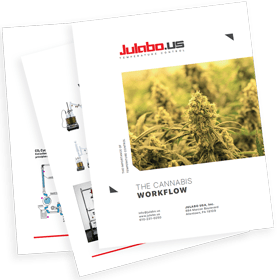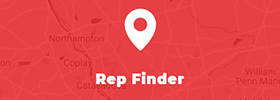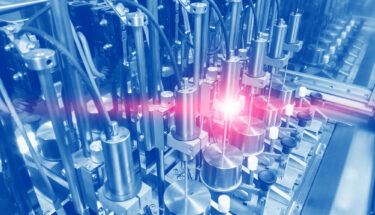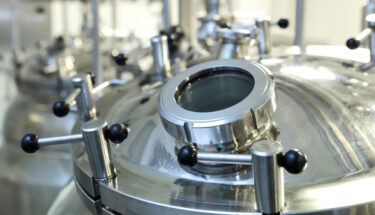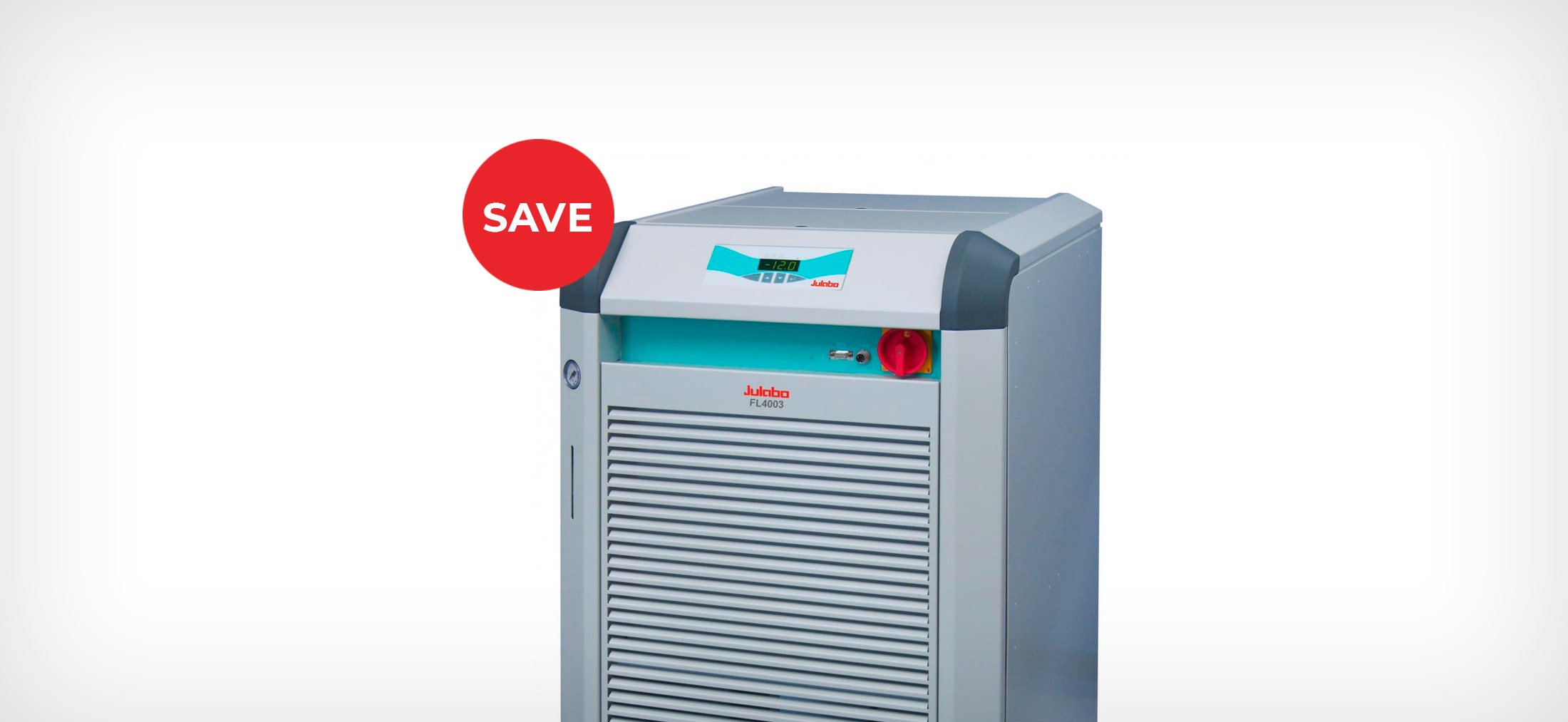
How To Size a Chiller To Save Money and Tap Water
What is a recirculating chiller, and why would you want one? In the simplest of terms, a recirculating chiller uses a liquid, other than tap water, to remove heat from an application. There are several benefits to using a chiller instead of tap water, and it all starts with knowing which chiller you need and sizing it for your application.
Why would you want to replace tap water?
Many municipalities have restrictions on single- pass water usage. This means that companies/institutions cannot use a municipal water supply to cycle through a process and down the drain. As you can expect, this practice wastes a lot of valuable water. Besides, if the process consumes a large volume of tap water, the water and sewer expenses can significantly impact monthly operating expenses. Although tap water has an ‘endless’ supply and a large and sufficient cooling capacity, it can lead to inconsistent results. In certain climes, the temperature varies greatly throughout the year, pressures swing daily – with the highest pressure at night when municipal water usage drops. These temperature and pressure swings can lead to inconsistent results and potential equipment issues related to pressure fluctuations.
Switch to a recirculating chiller
Replacing tap water with a chiller will eliminate the monthly operating budget for water/sewer expenses. The capital expenditure to purchase a chiller will amortize over time from reducing water/sewer bills. In addition, a chiller will supply a constant temperature and pressure to the application 24/7/365, improving the process consistency.
What size chiller do you need?
If you know the required cooling power for an application, then choosing a chiller with that cooling capacity simplifies things. For example, a process that needs 3 kW cooling power at 20 °C will function well with a 4 kW chiller[1]. Notice the larger chiller capacity? We recommend sizing up in cooling power by a factor of 25%. Doing so will cover any efficiency losses through the tubing, etc[2]. to provide the necessary cooling power for the application.
What if you don’t know the cooling power?
Calculation of the cooling power provided by tap water to your application requires some basic information. Provide the Tin (incoming water temperature), Tout (water temperature exiting the application), and water flow rate.
Heat load formulas:
GPH x 8.22 lb/gal x ΔT(°F) = BTU BTU / 3.41 = Watts
Or for metric units: LPH x ΔT(°C) = Kcal Kcal x 1.16 Watts/Kcal = Watts
The resulting cooling power value plus a 25% capacity safety factor will determine the application’s properly sized chiller.
I bought a chiller for my application, and the temperature keeps going up. Why?
Scenario: an application requires a set point of 10 °C (50 °F) and the chiller temperature never drops below 20 °C (68 °F). This situation indicates an undersized chiller for the application. The chiller will equilibrate to the application based upon the heat load. If the chiller temperature increases, then the application requires more cooling power than the chiller can provide. This will require sizing up the chiller (one with more cooling capacity) to cool the application properly.
Conclusion
In summary, recirculating chillers provide an economic advantage and environmentally-friendly alternative to tap water cooling. JULABO USA offers chillers for various temperature ranges, cooling capacities, reactor volumes, and applications. Our chillers allow you to remove heat from equipment, materials, lasers, and components while maintaining a continuous flow of cooling liquid and consistent pressure. For assistance sizing a chiller for your application, contact your local JULABO representative or start a conversation.
For more information about our chillers or other temperature control equipment, visit JULABO USA julabo.us for more information.

